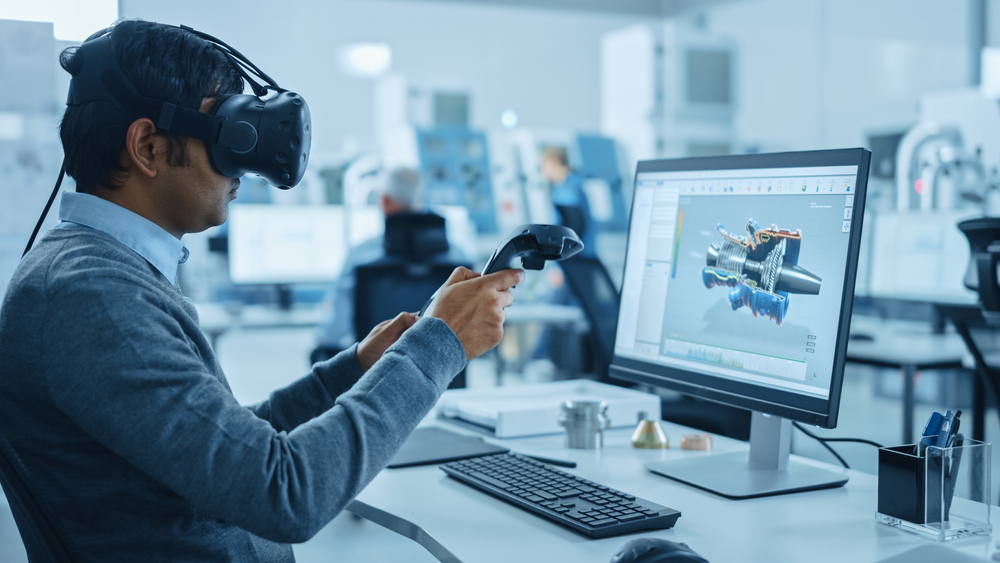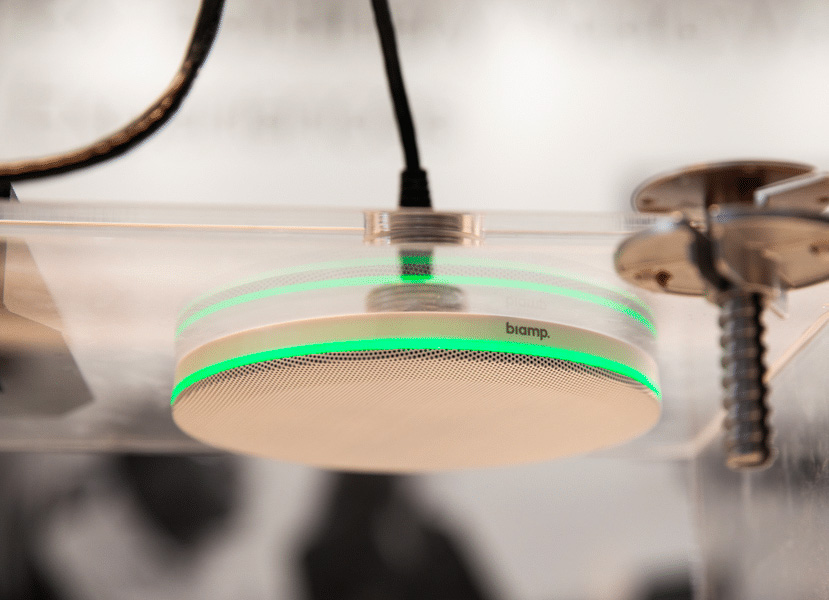The future of gaming, marketing, e-commerce, education, and many other fields holds great promise with the exciting potential of virtual reality (VR) and augmented reality (AR).
These innovative technologies offer an immersive experience that blends a virtual world with the real one, featuring stunning 3-D visuals. It is important to note that while both technologies share similarities, they also have significant differences that set them apart.
Read on to learn more!

What is AR?
AR has become an increasingly efficient branding and gaming tool due to its accessibility, as almost anyone with a smartphone can access it.
Compared to VR, AR offers a more accessible experience since it utilizes a phone’s camera or video viewer to project virtual images and characters onto the physical world.
By doing so, AR transforms the mundane into a colorful and visual experience, enhancing the user’s real-life surroundings. This ability to add virtual elements to real-life experiences is what sets AR apart and makes it a versatile tool for various industries.

What is VR?
VR takes the components of augmented reality to a whole new level by creating a completely computer-generated simulation of an alternate world.
This immersive experience offers users the ability to explore and interact with an entirely new environment, unlike anything they have experienced before.
To achieve this level of immersion, special equipment is required, including computers, sensors, headsets, and gloves, which work together to create a seamless and realistic virtual experience.
The computer-generated world can be customized to provide almost any imaginable visual or place, making VR a powerful tool for various applications, including gaming, education, and training simulations.

Differences Between AR and VR
When it comes to virtual reality and augmented reality, the main differences lie in the devices required and the experience itself.
AR operates by using the real world as a setting and overlays virtual images or characters onto it, whereas VR creates a completely virtual environment that the user can explore.
In AR, users have control over their presence in the real world, and the virtual elements can be manipulated as per their actions. However, in VR, the user’s actions are controlled by the system, and they are not able to interact with the real world.
Another difference is in the required devices. VR requires a headset device, which is usually more complex and expensive than the device used for AR. On the other hand, AR can be accessed using a smartphone, which makes it more widely available to users.
Lastly, AR enhances both the virtual and real world by blending them together, while VR only enhances a fictional reality. AR provides a more seamless experience as the virtual and real-world elements are blended together, whereas VR can only offer an entirely virtual experience.

VR and AR Jobs
The rapid growth and evolution of VR and VR technologies are creating many opportunities for businesses and employment. By 2022, the AR and VR market is expected to reach an estimated value of over $209 billion, highlighting the tremendous potential of these technologies.
Industries across the board are being transformed through the development of software and hardware, graphic design, research, and more. This growth has given rise to several in-demand careers focused on developing and improving VR and AR technology.
Some of the most sought-after careers include software engineering and development, project management, software maintenance, and graphic design.
Software engineers and developers work on designing, developing, and implementing VR and AR applications, while project managers oversee the planning and execution of projects related to these technologies.
Software maintenance specialists ensure that VR and AR applications continue to run smoothly, while graphic designers create the visual elements that make these technologies come to life. With the continued growth of VR and AR, the demand for these careers is expected to rise exponentially in the coming years.
To learn more about VR, and AR, or talk about VR/AR implementation into your business, contact an Ultimate Technologies Group Representative today!
About the Author:
Ultimate Technologies Group is the global expert in virtual communication and collaboration technology. When it comes to high-end Audio Visual technology solutions, we are trusted by some of the most respected brands:
Commercial AV News & Thought Leadership:

2022 RedDot Winner – Yealink’s MeetingBoard 65

Sound Masking vs. Sound Absorption: Improving Conference Room Acoustics

The Current State of Hybrid Work May 2022




